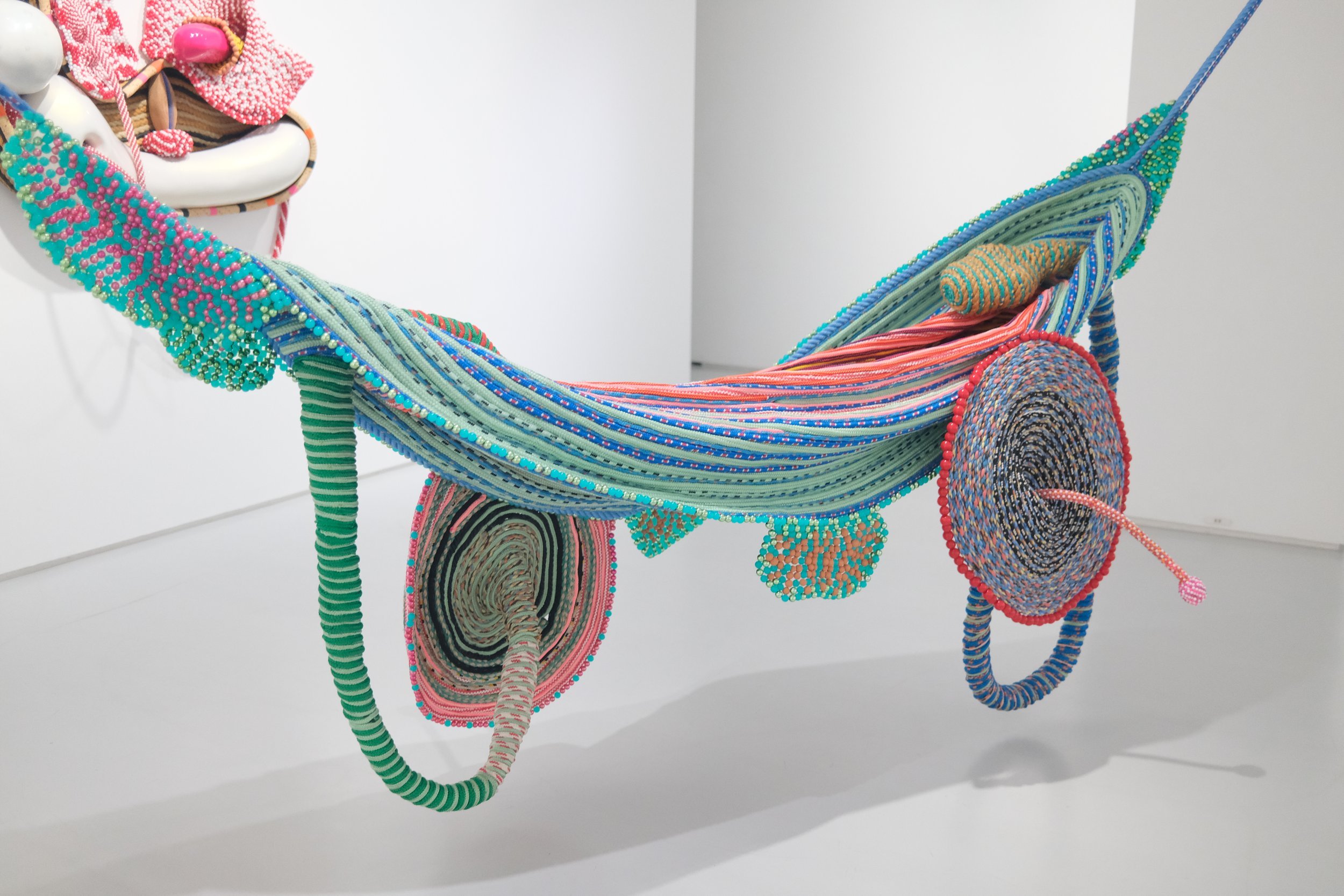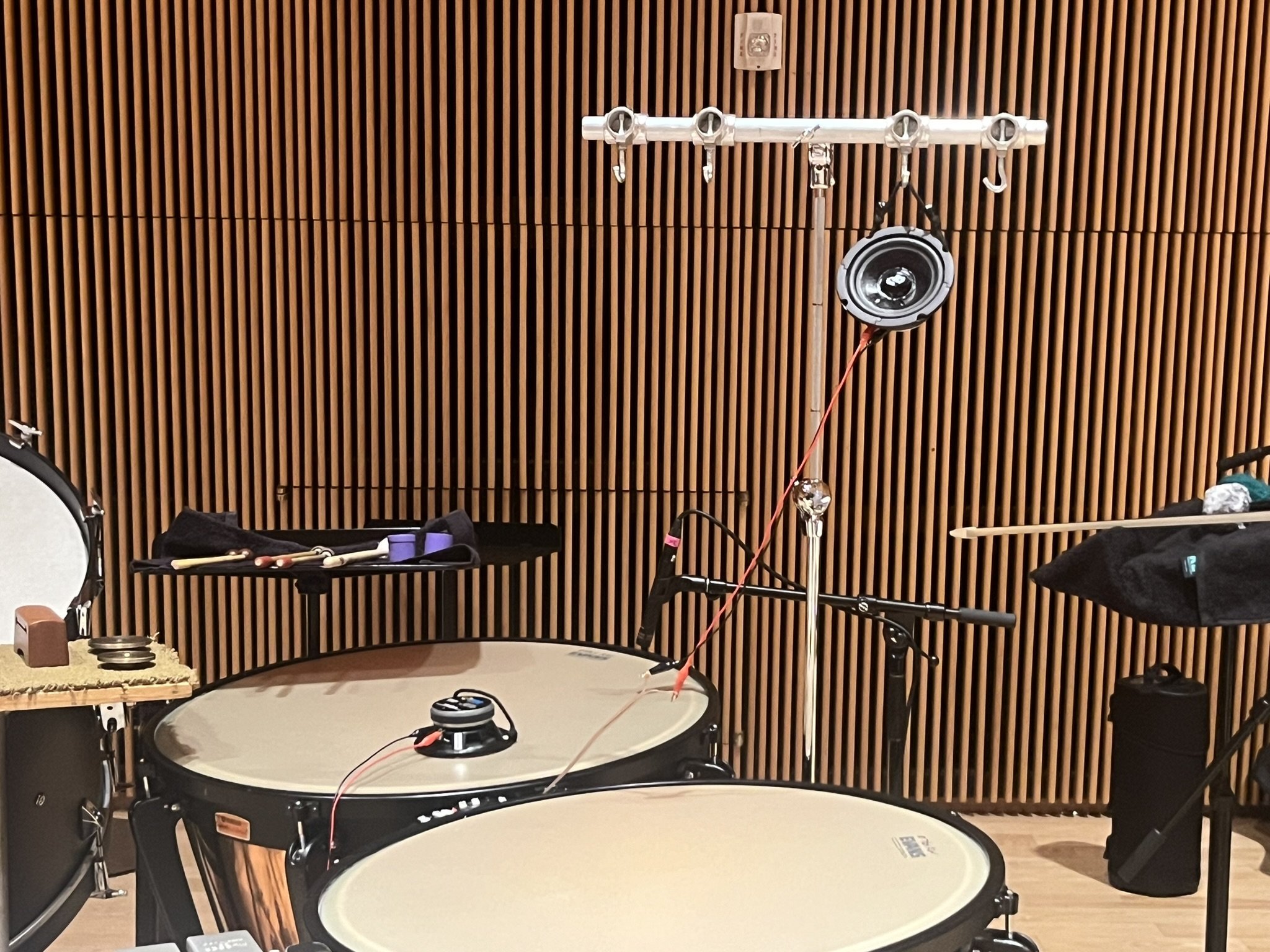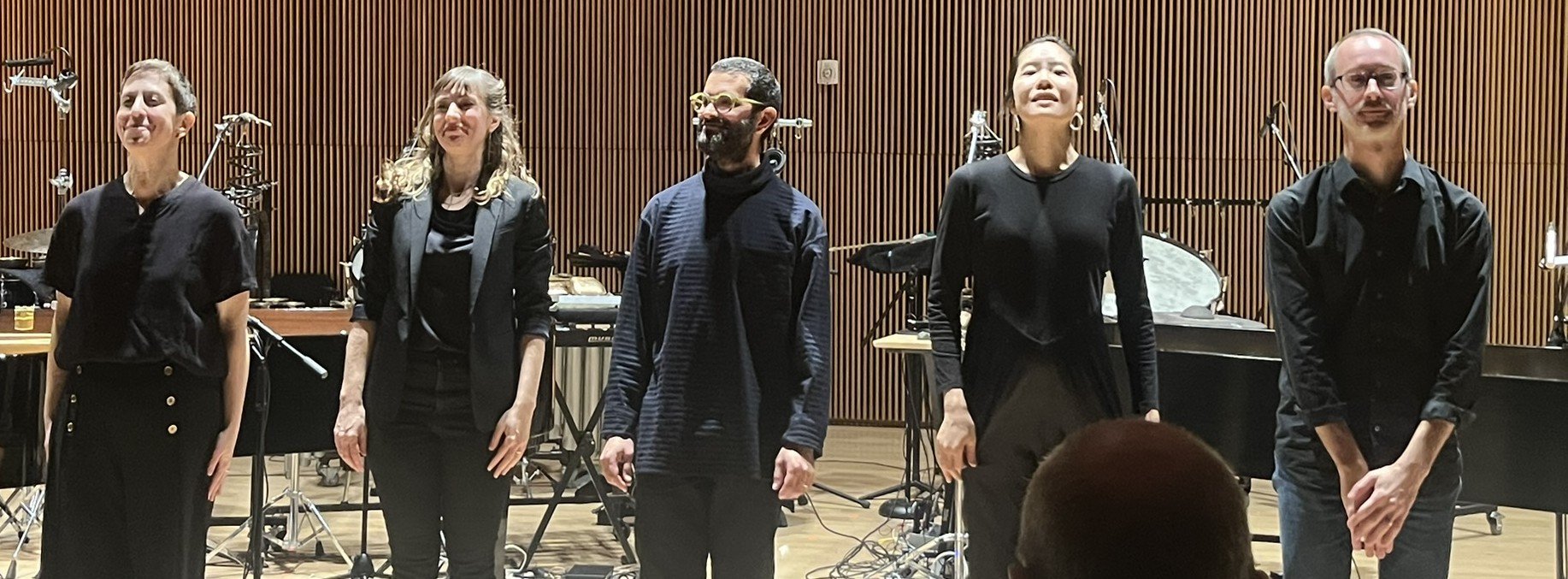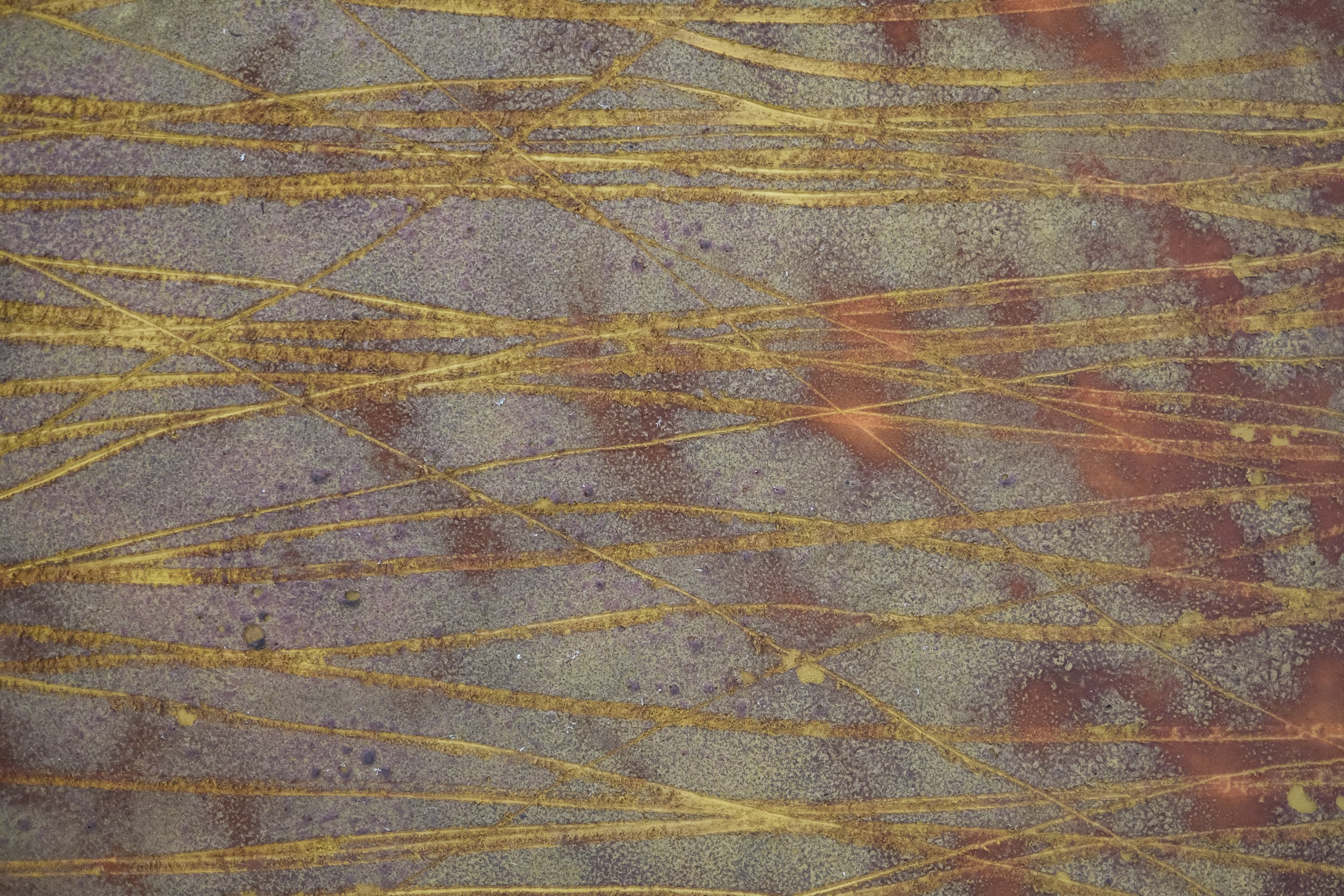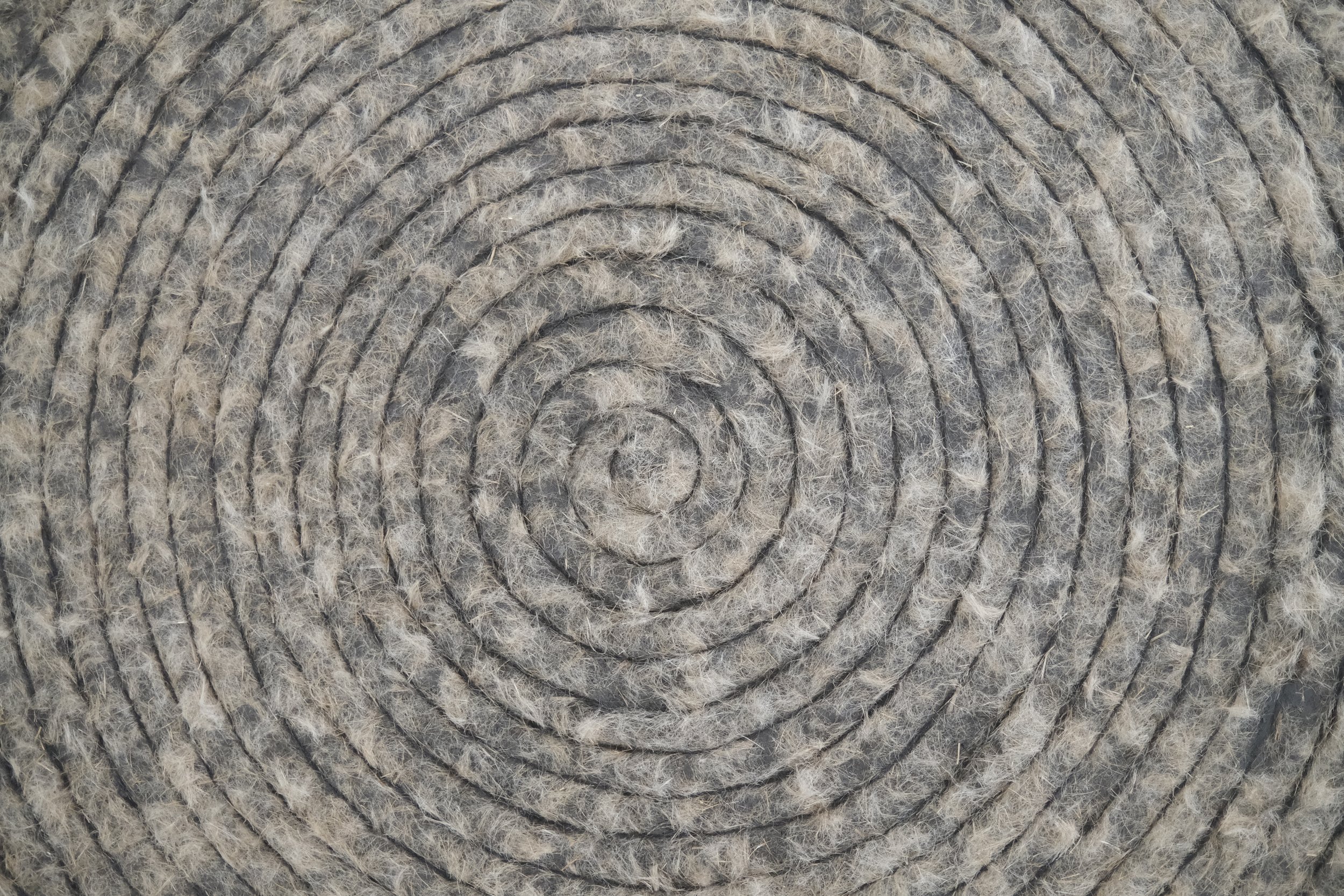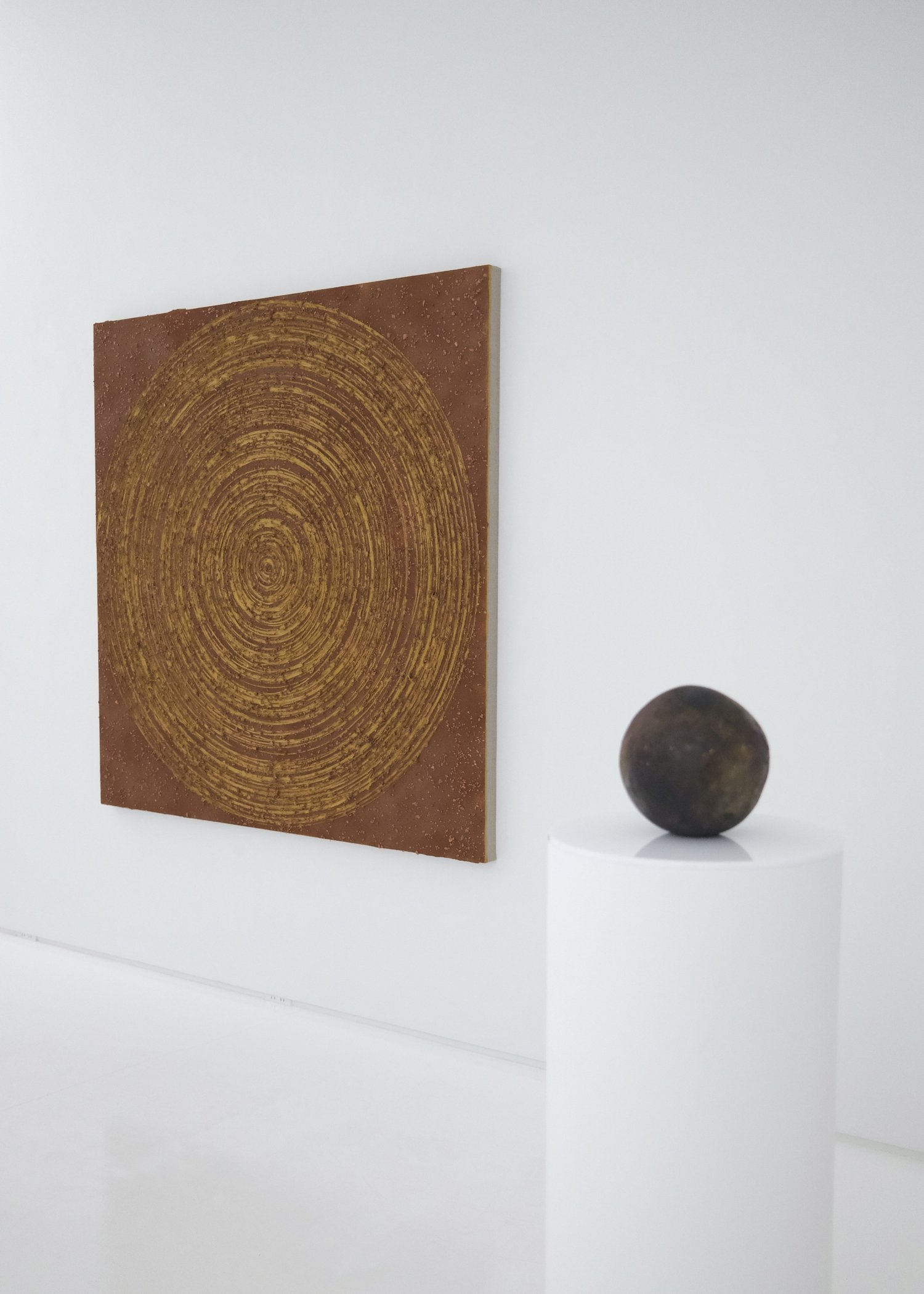light and shadow,
light to shadow.
light, Hammer museum, UCLA.
Shadow, I don’t remember where anymore.
spiace, ho dimenticato.
Few weeks, at Balse.
Let’s just take a deep breath,
let’s just ask the Baobab Tree for the next 30 minutes.
you’re welcome.
oh so dumb Europe dumb Europe dumb Europe
language, language, tyranny of words, theory of general semantics. worlds are symbols, not reality, they are high level abstractions.
There’s no coming back. All the things we had…. They’re just memories.
rust, trust, wait for dusk. wait for us.
feel my touch. what if i wait for you…
what do you want from me.
so obvious, speak louder than me.
There is no heaven, headphones on.
Breath(e): Toward Climate and Social Justice
to family and friends
wondering, what would Georgia O’Keefe say?
Devote Your ENTIRE Life - to be in exile, PP (Prague Photographer)
FKA twigs - Eusexua
cccccbgktcituuuijlgeltljntnlljlkllvtnegjfecr/cccccbgktcitdklgkfkcidrkd
Words of Wisdom
He claims that this method of working, which is his alone, is the only correct one, the only one leading to a serious result. He mercilessly condemns all preference for simplification which does not pass through submission to nature by means of a meditative and progressive analysis. If a painter is easily satisfied, it is because, according to Paul Cézanne, his vision is mediocre, his temperament practically worthless.
Leonardo da Vinci put forth a similar idea in his treatise on painting when he said, "The painter who has no doubts will profit little from his studies. When a work of art surpasses the judgment of the creator, he who works advances little; but when his judgment rules his works, those works become more and more perfect if inconsistency does not interfere." The artist will arrive at self-knowledge and the perfection of his art not through patience, therefore, but through love that gives insight and the desire to analyze in greater depth and to improve. He must extract from Nature an image which will be, properly speaking, his own; and only through analysis, if he has the strength to press it to the end, will he make himself known ultimately, unambiguously, abstractly.
page 37 -
Documents of Twentieth-Century Art
Conversations with Cézanne
Michael Scott Doran, Julie Lawrence Cochran (Translator), Richard Shiff (Introduction)
One should never say "model"; one should say "modulate." Shadow is a color like light, but it is less brilliant. Light and shadow are nothing more than a rapport between two tones.
Everything in nature is modeled after the sphere, the cone, and the cylinder. If the artist learns to paint according to these simple figures, he will then be able to do all he desires.
Drawing and color are not distinct from one another; gradually as one paints, one draws. The more harmonious the colors are, the more precise the drawing will be. Form is at its fullest when color is at its richest. The secret of drawing and modeling lies in the contrasts and affinities of colors. The "effect" makes the painting, it unifies and concentrates it; and to produce this, a dominant patch is necessary. The artist must be a laborer in his art and discover early on his means of realization. He becomes a painter through the very qualities of painting itself. By exploring its coarse materiality. The painter must become classical again through nature, or, in other words, through sensation. It all comes down to this: to have sensations and to read nature.
page 39 -
Documents of Twentieth-Century Art
Conversations with Cézanne
Michael Scott Doran, Julie Lawrence Cochran (Translator), Richard Shiff (Introduction)
Here is the way Cézanne's palette was prepared when I met him in Aix:
Brilliant yellow
Viridian (Veronese green)
Naples yellow
Greens
Emerald green
Yellows
Chrome yellow
Green earth
Yellow ochre
Raw sienna
Vermillion
Blues
Indian red (red earth)
Cobalt blue
Ultramarine blue
Prussian blue
Peach black
Burnt sienna
Reds
Madder lake
Carmine lake
Burnt crimson lake
EMILE BERNARD
page 79 -
Documents of Twentieth-Century Art
Conversations with Cézanne
Michael Scott Doran, Julie Lawrence Cochran (Translator), Richard Shiff (Introduction)
Main Studies
Torkwase Dyson - Here, LA
Alex Katz: Claire, Grass and Water, Venezia
Mario García Torres “La Paradoja del Esfuerzo”, Tokyo
FIRELEI BÁEZ - The Fact That It Amazes Me Does Not Mean I Relinquish It, LA
Titus Kaphar - Exhibiting Forgiveness, LA
Maria Nepomuceno: Nasci de uma flor, Tokyo
Yoriko TAKABATAKE LINE(N), Tokyo
Nate Lowman: Parking, LA
At Home: Alice Neel in the Queer World, LA
APPENDIX:
Devote Your ENTIRE Life to Photography // Josef Koudelka
A$AP Rocky - Tailor Swif (Official Video)
A$AP Rocky - HIGHJACK (Official Video) ft. Jessica Pratt
Free Nationals, A$AP Rocky, Anderson .Paak - Gangsta (Official Video)
Lil Dicky - HAHAHA I LOVE MYSELF (MUSIC SHORT FILM)
Lil Dicky – Jail (Part 1) (Bonus Track) [Official Lyric Video]
bbno$ - it boy (official music video)
Yung Gravy, bbno$ (BABY GRAVY) - No Way Jose (Official Music Video)
bbno$ - lil' freak (starring MoistCr1TiKaL)
THE SUBSTANCE | Official Trailer | In Theaters Now
Electronic Witchcraft - Delta (DJ Kitchen's Substance Abuse Mix)
The baobab tree - A universe of its own
How Words Control Your Reality
SPF INFINI: GENESIS (TDJ LIVE FROM HE4VEN)
Sol Ortega | Boiler Room: Santiago
Breath(e): Toward Climate and Social Justice trailer
What David Fincher Can Teach All Photographers.
How to Find High Quality Clothes. Dos and Don’ts.
Maria Chiara Argirò - Time (Official Video)
Jamie xx - Falling Together ft. Oona Doherty
Daniela Andrade - Biking (Official Video)
Maria Chiara Argirò - Clouds: The True Music Vinyl Sessions
Brutalismus 3000 - GOODBYE SALÒ (REWORKED LIVESET) - Presented by YouTube
ClassicAsobi recommends
This section features content recommended from the NYC based ClassicAsobi and his team, specializing in classical music.
COMING UP
Las plantas de ese jardín conservaban en la sombra sus colores
Arthur Jafa - nativemanson
September 14–December 14, 2024
THE UNBOXING PROJECT
an iterative curatorial project by Hyunjoo Byeon and Minjin Chae
November 2 - December 21, 2024
Various Small Fires (VSF), Los Angeles
Umar Rashid
The Kingdom of the Two Californias. La Época del Totalitarismo Part 2.
Sabine Moritz
Frost
November 8–December 21, 2024
GAGOSIAN, Beverly Hills
Walead Beshty
Profit & Loss
November 7 – December 21, 2024
REGEN PROJECTS, Los Angeles
Liang Fu / Chantal Khoury / Daniel Pitín / Nadia Waheed
November 9 – December 21, 2024
Allison Schulnik: Dumb Phone
Isabella Cuglievan: A ripple and a nest
Devin Troy Strother: Scenes for Josephine
November 16 - December 21, 2024
Thom Mayne
Shaping Accident
18 Sep 2024 - 4 Jan 2025
LA LOUVER, Los Angeles
Julia Yerger
When Lottery
November 09 - January 04
Chateau Shatto, Los Angeles
Hiroshi Sugimoto: Form is Emptiness, Emptiness is Form
15 November 2024 – 11 January 2025
Gustav Metzger
13 September 2024 – 12 January 2025
Hause & Wirth, Downtown Los Angeles
Post Human
September 12, 2024–January 18, 2025
Sara Berman
Lapdogs and Fools
November 23, 2024 — January 18, 2025
Bernard Frize
Christian Boltanski
16 November 2024 - 18 January 2025
Merian Goodman Gallery, Los Aneles
FORM AND FEELING
Curated by Ashton Cooper
NOVEMBER 2, 2024 - JANUARY 18, 2025
NIGHT GALLERY, Los Angeles
CYNTHIA DAIGNAULT
The Lemon
October 26, 2024 - January 18, 2025
Loie Hollowell
Overview Effect
Nov 9, 2024 – Jan 18, 2025
PACE, Los Angeles
William Eggleston: The Last Dyes
November 16, 2024—February 1, 2025
Views of Planet City - Visions of the Future
SCI-Arc (Southern California Institute of Architecture)
Breath(e): Toward Climate and Social Justice
HAMMER, LA
Atmosphere of Sound: Sonic Art in Times of Climate Disruption
September 14, 2025 - May 31, 2025
UCLA Art|Sci Center presented at CAP UCLA
PST ART: Art & Science Collide
A landmark regional event that explores the intersections of art and science, both past and present
Olafur Eliasson: OPEN
The Geffen Contemporary at MOCA, LA
Martin Creed: Work No. 3868 Half the air in a given space
OCMA
July 3, 2024 – February 16, 2025
May 26, 2024 – January 20, 2025
Firelei Báez
Gustav Metzger
And Then Came the Environment
13 September 2024 – 5 January 2025
Hauser & Wirth, Downtown Los Angeles
Alta / a Human Atlas of a City of Angels
January 13, 2025- Apr 27, 2025
Library Foundation of Los Angeles and Los Angeles Public Library
630 West 5th Street, Los Angeles






















